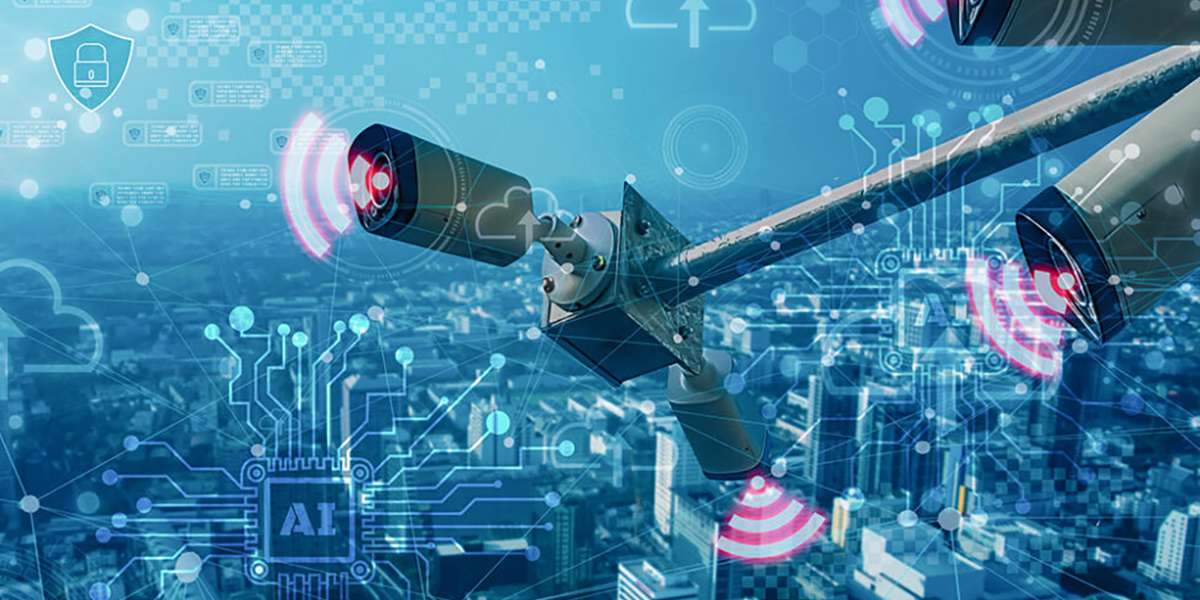In an increasingly interconnected world, modern-day connectivity is revolutionising the way public safety services operate. From emergency response systems to community policing, advanced technology is providing new tools that enhance security, streamline communication, and improve outcomes. Here, we explore the key benefits that modern connectivity brings to public safety.
Faster Emergency Response
One of the most significant advantages of modern connectivity is its ability to dramatically improve emergency response times. With integrated systems that allow for real-time communication between emergency services, first responders can be dispatched more quickly and accurately.
Connected devices, such as GPS-enabled smartphones and IoT sensors, can provide precise location data, reducing the time it takes to reach an emergency scene. Additionally, the ability to share data instantly between agencies improves coordination, ensuring that the right resources are deployed when they are needed most.
Real-Time Data for Better Decision-Making
Modern connectivity enables the collection and transmission of real-time data, which is crucial in emergency and public safety scenarios. Whether it’s live video feeds from surveillance cameras, traffic data, or environmental sensors, this information can be processed and analysed instantly to support more informed decision-making.
For instance, during natural disasters or large-scale events, real-time data can help authorities manage crowds, predict hazards, and provide timely public warnings. The ability to adapt to changing situations with live information can make a critical difference in ensuring safety.
Enhanced Communication Across Agencies
Public safety often involves the collaboration of various departments and agencies, from police and fire services to hospitals and utility companies. Modern connectivity fosters better communication across these agencies through integrated systems that allow them to share data, communicate securely, and coordinate responses.
Cloud-based platforms and secure networks allow these organisations to access the same information in real-time, reducing silos and ensuring that everyone is working from the same playbook. This results in faster, more efficient operations and better outcomes in critical situations.
Improved Community Engagement
Connectivity is not just about improving the internal operations of public safety organisations; it also enhances their ability to engage with the community. Social media, mobile apps, and other communication tools allow public safety officials to provide updates, issue warnings, and interact with citizens in real-time.
This increased transparency and accessibility fosters greater trust between the public and safety agencies. It also empowers communities to take an active role in their own safety by reporting incidents, accessing safety information, and staying informed.
Predictive Policing and Crime Prevention
Modern connectivity plays a pivotal role in enabling predictive policing, where data analytics and machine learning help forecast potential crime hotspots. By analysing patterns in crime data, public safety agencies can deploy resources more effectively to areas at higher risk, preventing crime before it happens.
This approach not only increases the efficiency of law enforcement but also enhances community safety by proactively addressing potential threats. The combination of connectivity and data-driven insights marks a shift towards smarter, more proactive public safety strategies.
Enhanced Training and Simulation
Modern connectivity is also transforming the way public safety professionals are trained. With advanced simulation technologies and virtual reality (VR), officers and emergency responders can undergo realistic, scenario-based training without being physically present at a training facility.
These connected training systems allow for remote learning, providing flexible access to high-quality education while reducing costs. Additionally, the ability to simulate complex situations in a safe, controlled environment helps improve skills and readiness for real-world emergencies.
Increased Resilience and Disaster Recovery
In times of crisis, such as natural disasters, maintaining communication and operational continuity is critical for public safety. Modern connectivity through satellite systems, resilient networks, and cloud-based solutions ensures that even in the event of widespread infrastructure damage, emergency services remain connected and able to respond.
This increased resilience supports quicker recovery efforts and minimises disruption to essential services, ensuring that public safety organisations can continue their vital work even in the most challenging circumstances.
Conclusion
The benefits of modern connectivity for public safety are vast and transformative. From improving emergency response times to enhancing communication and fostering community engagement, connected technologies are making the world a safer place. As connectivity continues to evolve, its potential to revolutionise public safety will only grow, providing new opportunities to protect citizens and communities.
#PublicSafety #EmergencyResponse #Connectivity #SmartCities #IoT #TechForGood #PredictivePolicing #CommunityEngagement #DataDrivenSafety #DisasterRecovery
